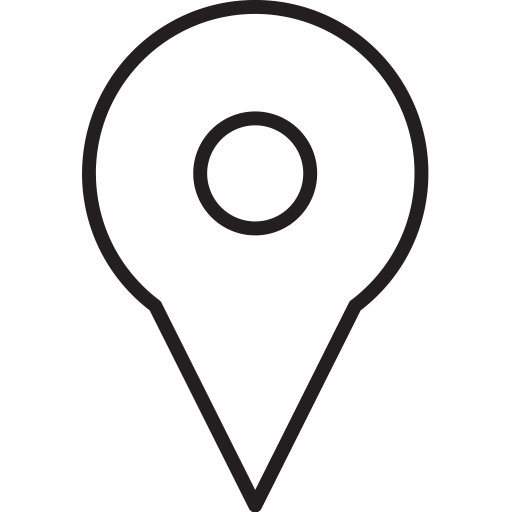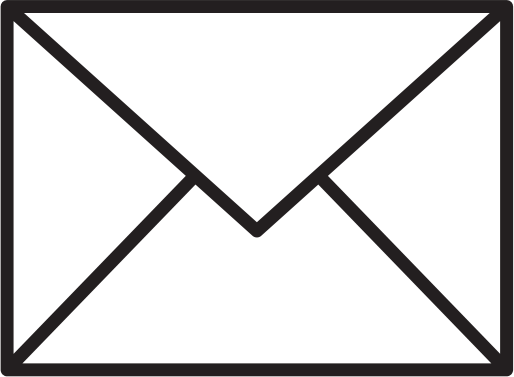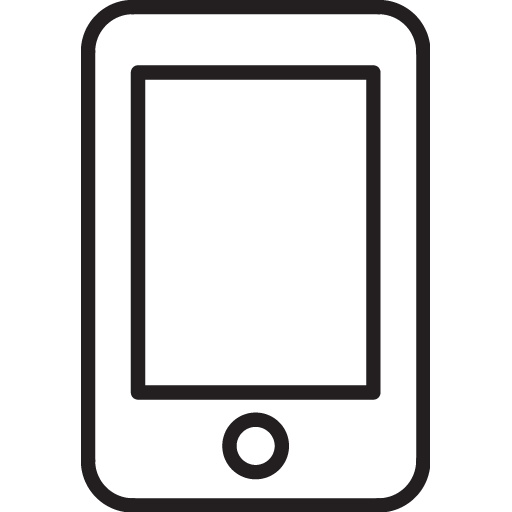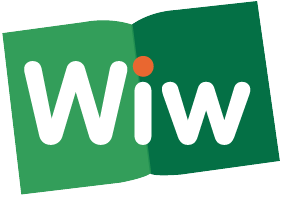 I see articles claiming that “email is dying” but the reality is that no matter how much we might hate it, email isn’t going anywhere. Here are some stats:
I see articles claiming that “email is dying” but the reality is that no matter how much we might hate it, email isn’t going anywhere. Here are some stats:
- The vast majority of us read and send emails (85% of adults and 78% of teens),
- 86% of us prefer email to other forms of communication in the workplace,
- Email is an important and influential source of information (the third most influential source of information for B2B customers behind colleague referrals and thought leaders).
So clearly, email is too important to die. But since the average professional receives more than 120 emails and sends 40 emails daily, it’s important to write strategically if you want to use email to get a meeting with a prospect.
Here are my top tips for emailing customers as part of a sales or cultivation process.
- Do your homework. Know who you’re communicating with. A simple search on LinkedIn or Google can provide you with a lot of information in a short amount of time.
- Tailor your message to the individual so that you don’t sound like a robot. Once you understand who your customer is, focus on how your solution benefits your customer, or otherwise known as WIIFM (What’s In It for Me?).
- Include a call to action. All too often, emails lack a call to action. What do you want your target audience to do? State it clearly. For example, if you want an opportunity to demo your services, be specific about suggested meeting times.
- Evoke emotion. Business isn’t a passionless enterprise. People care about their firms and often love what they do for a living. So don’t be shy about inspiring an emotional response. Put yourself in your audience’s shoes: develop a hook that passes the “so what” test.
- Grab their attention with an immediate connection. It’s easy to start your emails with “hi, my name is…” but you should use something more original. Try “I noticed that…” or “I saw that we both...” or “I see that your demographics indicate…” It shows you’re putting them at the center of your communication.
- Keep it short and don’t give it all away. You’re emailing for a reason: to get a meeting (or to take the next step in the relationship development process). You’re probably not going to make a sale through email so you don’t need to tell the prospect ALL your product/service benefits; just the one/s that will get you that meeting. Keep in mind that 35% of business people read their email on mobiles.
- Make the message visually appealing on the screen. Remember to use white space, headings, and lists instead of dense paragraphs. Make your email easily scannable so your target can quickly digest your email and see why they want to hear more from you.
- Show me the money. Don’t just talk about benefits in abstract ways. “We can increase your revenue” isn’t nearly as eye-catching as “most of our clients see an increase of 32% in their revenue in the first year.”
- Remind them of your point. There’s an old saying in writing: tell them what you’re going to tell them. Then tell them. Then tell them what you’ve told them. The same applies in emails. Include a conclusion where you restate your main point and what the next steps are.
- Craft a compelling subject line. Subject lines are critical: 35% of recipients open emails based on the subject line alone. Try audience-centered subject lines like “Info you requested after the xyz conference” or “Ideas for [thing that's important to them]” or “Question about [goal they have],” or “Have you considered [thought / recommendation]?”
Remember: While it is getting harder to cut through the clutter of your target’s email box to get that meeting, it’s not impossible. Take some time to incorporate our top tips for sales emails the next time you reach out to a prospect and see what happens.
Want to learn more about communicating through email more effectively? Check out our books (Amazon) and courses.
about any of our products or services.




